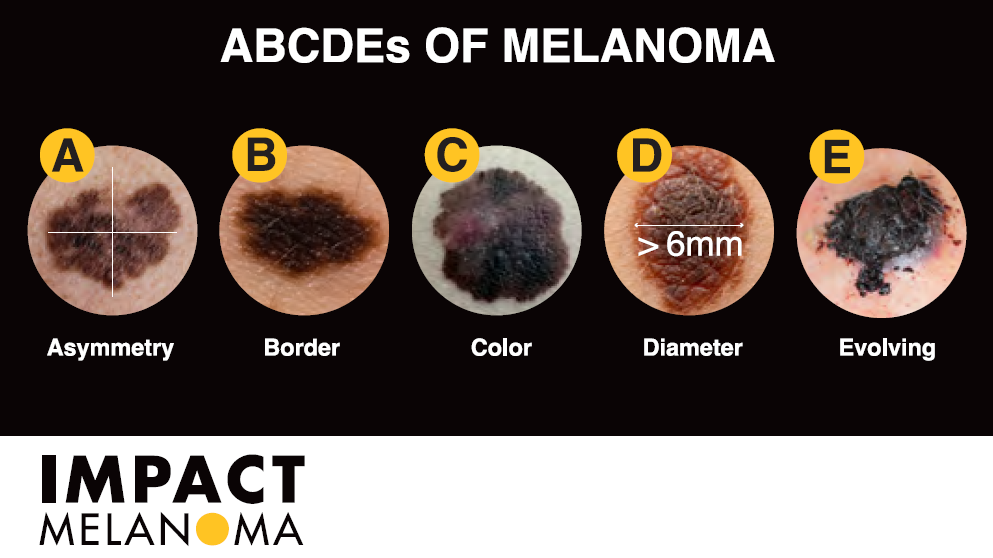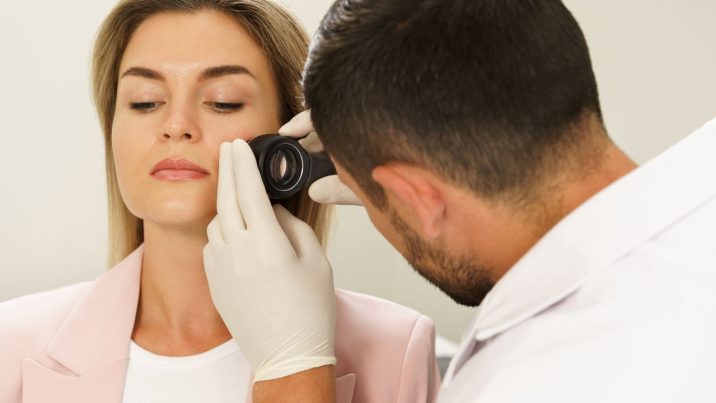How healthy is your skin? You’re missing out if your skincare routine doesn’t include a monthly skin self-exam.
The Head-to-Toe Exam
These are the basic steps to a good self-skin examination. You should expect the same areas to be checked thoroughly during your routine skin check by your dermatologist, so, when you see the doctor, don’t forget to ask for a gown!
Using a bright light, first inspect your face, ears, head and the inside of your mouth using a hand mirror. A blow-dryer can help part your hair for a closer look at your scalp.
Next, examine your hands (including your fingernails and palms), elbows, arms and underarms. Raise your arms and check your right and left sides. Examine your neck, chest and torso. If you’re a woman, check beneath your breasts.
Use a hand mirror and full-length mirror to carefully look at your back, shoulders and the back of your neck, as well as your buttocks and the backs of your legs.
Sit down and examine your genitals, then inspect your legs and feet, including your heels, soles, toenails and the area between your toes.
What to Look For
If you notice any of these skin changes, see your physician immediately to determine if the condition needs further medical attention:
- Any new growths or suspicious bumps that may or may not cause pain
- A change in a spot or in skin color, itching, scaling, bleeding, pain or tenderness
- For moles, follow this “ABCDE” checklist:
- Asymmetry: One half doesn’t match the other in shape.
- Border: The mole has ragged, notched or blurred edges.
- Color: The mole is a varying shade (or shades) of tan, brown, black, red, blue, blue-black or white.
- Diameter: The mole is the size of a pencil eraser or larger.
- Evolving: The mole has changed in nature or appearance.

See a Suspicious Spot?
If you see a suspicious spot, book an appointment with your primary care physician, or dermatologist, to discuss the changes in your skin. It is always better to be overly cautious when it comes to your health.





